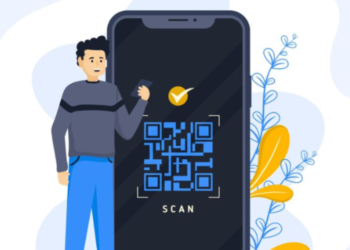The Unified Payments Interface (UPI) has changed the way people transact or make mobile payments in India. Emerging as a game-changer in the payment system, it offers a seamless, secure, and convenient way to make digital payments. According to a report by LiveMint, the Reserve Bank of India (RBI) bulletin has stated that UPI is expected to account for 90 percent of digital transactions volume in the next 5 years.
As UPI continues to gain momentum in India, here is a look at how it will contribute 90 percent of retail transactions in the time duration estimated by RBI.
Policies supporting and boosting growth: With the central government focus on digitalisation, making digital payments is actively being encouraged and promoted. The government is even making UPI go international by joining hands with several countries like Singapore, United States, UAE, and more.
Seamless experience: One of the major reasons why people are adopting UPI is its ease of usage and user-friendly interface. UPI can be used seamlessly in both the urban and the rural areas enabling people to make quick mobile payments and bringing financial inclusion.
Wide acceptance: UPI has been integrated into various payment gateways, e-commerce platforms, and merchant apps, leading to widespread acceptance. Users can also link multiple bank accounts to a single UPI ID.
Instant and real-time transactions: Eliminating the need for cash, UPI has made mobile transactions quick and is done in real time, making daily transactions convenient.
Enhanced security: When the mode of payment is digital, what plays a major role is trust and security. UPI transactions include two-factor authentication, enhancing trust and both the payer and receiver gets an instant message of the amount getting debited and credited respectively enhancing trust.
Financial Inclusion Efforts: UPI has advanced financial inclusion by enabling mobile-based payment apps.
Cash vs UPI: Millennials and Generation Z
Millennials are more familiar with cash transactions while Generation Z (Gen Z) is more friendly with the UPI’s user friendly interface and prefer digital convenience. In cash, it is difficult to track spending and people need to rely on record keeping while it becomes easy to track and access the transaction history. When it comes to carrying large amounts of money, cash is riskier to carry, while UPI is comfortable and secure.








